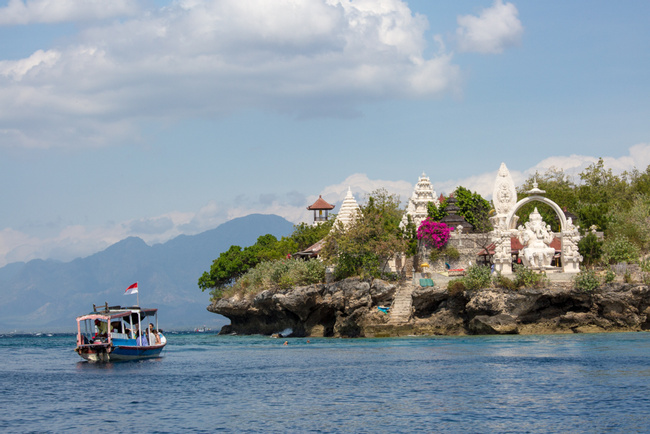
West Bali National park
Bali’s only national park dominates the northwestern corner of the island with its 73 square mils (190 sq km) of unspoiled beauty. The park is part of the Buleleng regency that stretches along Bali’s north coast and is a 4.5-hour drive from Denpasar. The huge park is dotted with a variety of habitats: dry savannas, rainforests, acacia scrubs, lowland forests, mangrove forests, and montane forests. The center is mountainous and home to several extinct volcanoes. The northern peninsula of the park is called Prapat Agung and includes long stretches of protected beaches, offshore coral reefs, and Menjangan Island, which is known for stellar diving and snorkeling.
More about West Bali National park
This vast wilderness was first recognized as an official nature park by Bali’s rulers in 1917. It was established as West Bali National Park (Taman Nasional Bali Barat) in 1941 as part of a Dutch initiative to create a sanctuary for the endangered Bali Starling. Bali’s official bird, the starling is Bali’s only remaining endemic vertebrate species. The park is a bird watcher’s paradise, with 160 officially recorded species. There are rare orchids among the park’s 176 plant species, and also 17 species of mammals including the banteng, a wild bull forerunner of Balinese cattle. There are, of course, the ubiquitous gray macaques, and rarer creatures like the pangolin and leopard cat. Sadly, the last seen Balinese tiger was killed in the park in 1937.
The parklands include a marine sanctuary of 12 square miles (32 sq km) around Menjangan Island. You’ll find optimal conditions for diving and snorkeling, temperate clear waters, minimal currents, and an abundance of marine life. 110 species of corals, rare pygmy seahorses, and manta rays await divers below. Wall diving and a Dutch shipwreck are highlights, as is pristine Menjangan Island. The island has white sand beaches, ocean-bathing deer, and several seaside temples. Boat hire and dive operators are found in nearby Labuan Lalang.
If you show up expecting to traipse through the rainforest, you’ll be a bit disappointed. The park is strictly regulated. Only limited areas are open to the public. All visitors must obtain permits and guides. There is no camping in the park, but there is guided trekking available at both the east gate, near Cecik village, and west gate, in Labuan Lalang. It’s worth exploring West Bali National Park for its beauty and wildlife, and it is certainly something not duplicated elsewhere in Bali.
It's more than just having a good time or visiting beautiful places (although that's absolutely a part of it!), it's about being part of a unique experience that stays with you.



